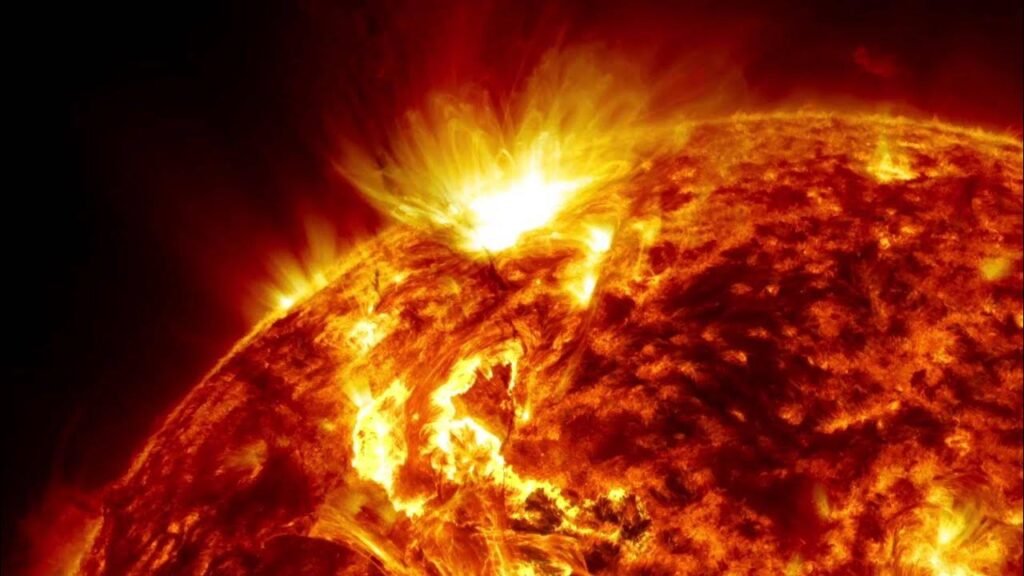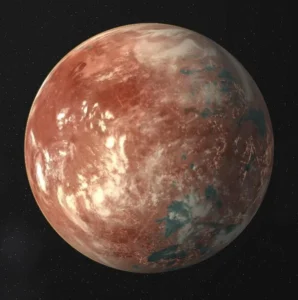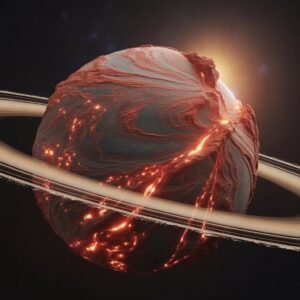The Sun is a star—a massive, glowing ball of plasma that serves as the primary source of light and heat for Earth. Its gravitational force holds the solar system together, keeping planets, moons, asteroids, and comets in orbit. Classified as a yellow dwarf star (G-type main-sequence star), the Sun is about 109 times wider than Earth and contains approximately 99.86% of the total mass in the solar system.
The Sun is primarily composed of hydrogen (about 70%) and helium (about 28%), with trace amounts of heavier elements such as oxygen, carbon, neon, and iron. Its core reaches extremely high temperatures—around 27 million degrees Fahrenheit (15 million degrees Celsius)—where nuclear fusion occurs. In this process, hydrogen atoms fuse to form helium, releasing vast amounts of energy.
Scientists estimate that the Sun formed around 4.6 billion years ago from the gravitational collapse of a giant cloud of gas and dust, known as the solar nebula. It is currently in the main sequence phase of its life cycle, during which it steadily fuses hydrogen into helium in its core. Eventually, the Sun will exhaust its hydrogen fuel, expand into a red giant, and finally shed its outer layers, leaving behind a dense core called a white dwarf.
The Sun’s energy is essential for life on Earth. It provides the heat and light needed for plants to carry out photosynthesis and for ecosystems to thrive. Solar radiation also plays a key role in shaping Earth’s climate and weather patterns, driving the water cycle and enabling the formation of fossil fuels over millions of years.
The Sun rotates on its axis, but not uniformly. Its equator completes a rotation approximately every 25 Earth days, while the poles take about 36 days. Light from the Sun takes about eight minutes to travel the 93 million miles (150 million kilometers) to Earth.
In addition to light and heat, the Sun constantly emits a stream of charged particles known as the solar wind. These solar winds, along with occasional solar flares, can influence space weather and impact satellite communications, power grids, and even auroras on Earth.








